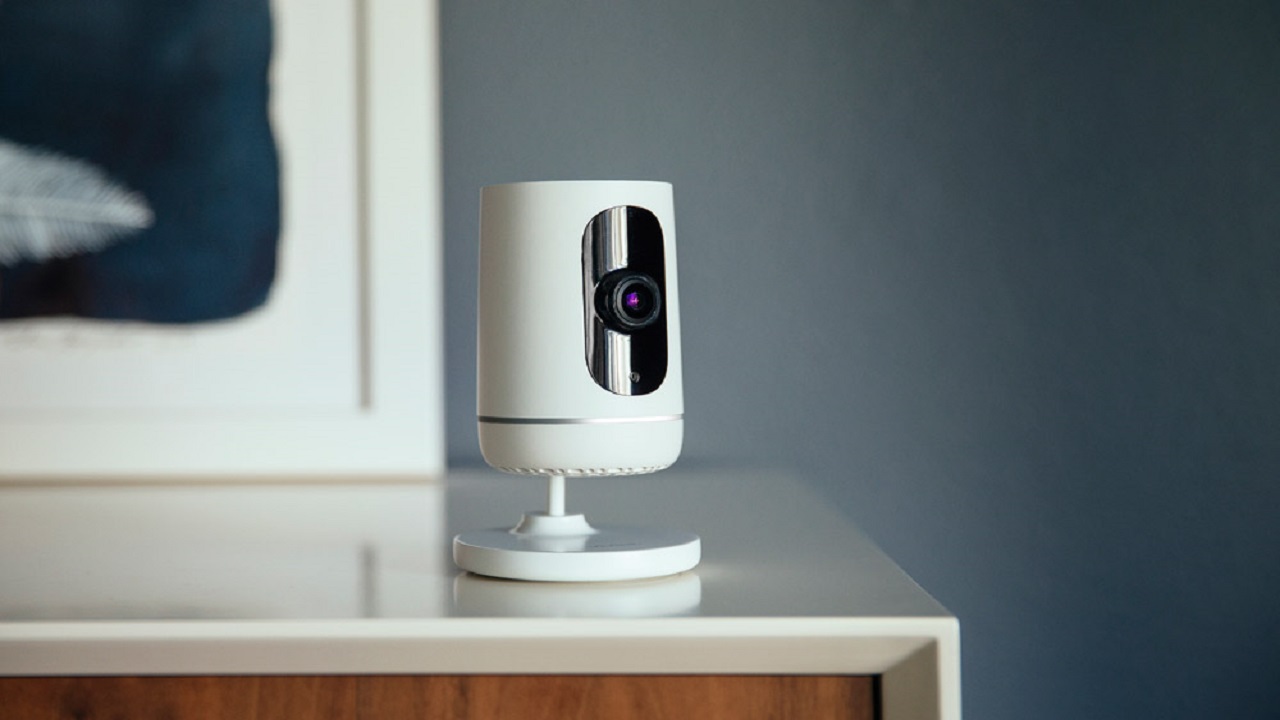In the age of the invention of technology, where technology occupies every aspect of our lives, finding the balance between security and privacy has turned out to be the most essential issue. Indoor cameras provide us with a way to look after our houses and our loved ones; however, at the same time, they also bring up privacy violations. So, we are here to learn how we can manage the tension between security and privacy in the digital environment by using indoor security cameras. It is here that the role of indoor security cameras | aosu is felt, empowering them with strong encryption and profound privacy features to safeguard sensitive data.
Guardians of Home Security: Indoor Cameras
Indoor cameras are like the silent guards of our homes that often stay behind the scenes, keeping an eye on our loved ones and our belongings. These small devices are purposely connected to the indoor monitoring system, which controls entryways, living rooms, and nurseries. High-quality, modern cameras equipped with motion sensors, night vision, and two-way audio ensure that we are connected to our homes from wherever we may be, providing us with a sense of safety and security.
Striking the Right Balance
It is important to find a balance between security and privacy when we introduce indoor cameras into our homes since this may help to the right extent. Although the security of our families and belongings is essential, the privacy and independence we cherish are just as much so. To maintain the balance between privacy and security, it is necessary to think well about when and where we install indoor cameras. CCTV cameras in public access areas, such as the inside of the building and the common areas, are very effective in putting away any misbehavior, but they take care not to intrude into personal areas like bedrooms and the bathroom. Besides, using cameras with privacy functions like camera shutter controls and privacy zones that we can adjust on our own would give us the power to manage our data and footage.
Transparent Communication and Consent
Public and clear communication is the key component to consider when deciding on deploying indoor cameras inside our homes. Before putting the cameras in place, we must talk to everyone living in the house about their purpose and operation and get their permission. Thus, all stakeholders are informed that the cameras are surveillance devices and that their data will be used and protected in line with their purposes. Transparency and consent are essential elements of our culture, which can help us to prevent possible invasion of privacy and build trust among family members.
Continuous Monitoring and Adaptation
With the technology constantly developing and requirements for our home changing, it is a must-do that we record our camera setup regularly to adjust it. Check the privacy settings and update the firmware often to ensure that the maintenance of the cameras is done securely and according to your preferences. Furthermore, keep updated with the best practices for operating indoor cameras and data security to make sure you are well protected against any conceivable threat or risk. Through the balance of being both consistent and responsive, we would know how to enjoy all the advantages that indoor cameras have to offer without compromising privacy and security.
Conclusion
In short, indoor cameras are an essential component of home security, but they also need to be dealt with more seriously on privacy and data security issues. Through achieving optimal exposure, working with transparent communication, and continuous monitoring and adjusting of the camera setup, we are able to feel the good old peace of mind that comes with thinking that our homes are guaranteed security and our privacy is respected digitally.


